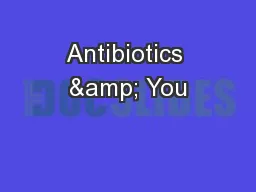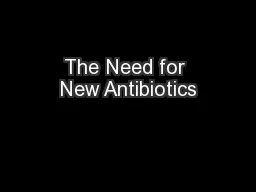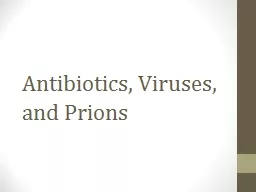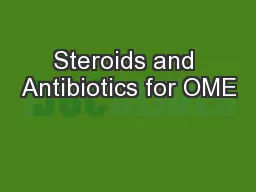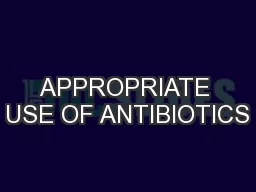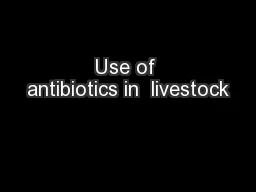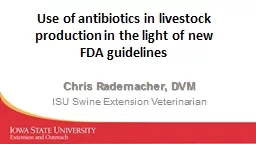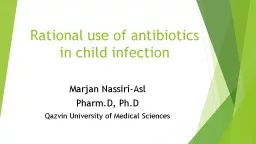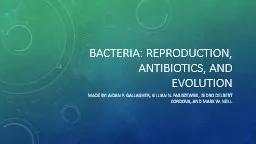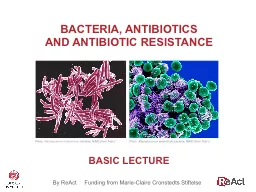PPT-Antibiotics Shuaib Nasser
Author : anya | Published Date : 2023-12-30
Cambridge University Hospitals NHS Foundation Trust NAP6 Steering Committee member Key Findings Antibiotics most common cause of perioperative anaphylaxis in UK
Presentation Embed Code
Download Presentation
Download Presentation The PPT/PDF document "Antibiotics Shuaib Nasser" is the property of its rightful owner. Permission is granted to download and print the materials on this website for personal, non-commercial use only, and to display it on your personal computer provided you do not modify the materials and that you retain all copyright notices contained in the materials. By downloading content from our website, you accept the terms of this agreement.
Antibiotics Shuaib Nasser: Transcript
Download Rules Of Document
"Antibiotics Shuaib Nasser"The content belongs to its owner. You may download and print it for personal use, without modification, and keep all copyright notices. By downloading, you agree to these terms.
Related Documents


